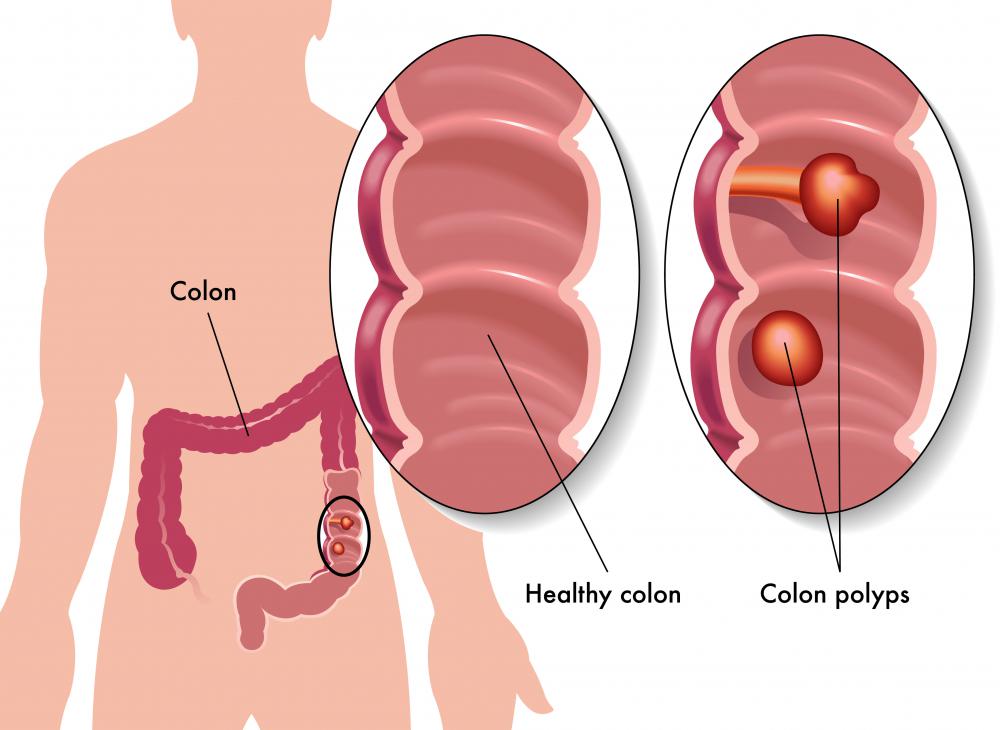At WiseGEEK, we're committed to delivering accurate, trustworthy information. Our expert-authored content is rigorously fact-checked and sourced from credible authorities. Discover how we uphold the highest standards in providing you with reliable knowledge.
What Is Endoscopic Therapy?
Endoscopic therapy is a medical procedure that uses an endoscope to look inside the body for diagnostic purposes, as well as to perform surgery. An endoscope is a thin, flexible tube with a light and camera attached, and is inserted into the throat or rectum of a patient to check for gastrointestinal or esophageal problems. Depending on the findings, the scope can then be used as a therapeutic tool. Tiny surgical instruments are passed through the endoscope to take samples of tissue or polyps that may be cancerous. The endoscope can also be inserted into the urinary tract to check for infections, growths, or stones.
Doctors will often perform endoscopy when a patient complains of consistent stomach pain, or bleeding is noticed in the stool. These may very well be indications of ulcers or growths inside the colon. Very often they are benign, but sometimes they can be cancerous. It is always advisable to check with a doctor when unusual and lasting symptoms appear. The initial scope exam is quick, painless, and because it is minimally invasive, relatively safe.

A gastroenterologist is usually the person who performs endoscopic therapy. A period of fasting is required for an examination of the upper digestive tract. Endoscopic procedures to the colon require a patient to drink a laxative solution to clear out the intestine on the day of the procedure. Light, intravenous sedatives are administered, and patients are able to sit up soon after the procedure. It is recommended that the patient does not drive himself home, as the residual effects of the sedative can be quite long-lasting.

There are numerous other types of endoscopic therapy. These procedures range from examination of the lungs and joints, to the bladder and even the amniotic cavity and fetus. Each of the endoscopes used for different procedure have their own names. For example, a colonoscope is used to examine the colon, and an arthroscope is used to examine the joints. All of these procedures fall within the umbrella of endoscopic therapy.

It is said that the first endoscope was developed in 1806 and was simply a large tube and a candle for illumination. Endoscopic therapy has come a long way with the advent of fiber optics, and operations such as removing the gall bladder and tying off fallopian tubes can now be performed by precise keyhole surgery. This is accomplished by inserting the endoscope through a minute incision. Loss of blood is minimal and the patient’s recovery time is accelerated.
AS FEATURED ON:
AS FEATURED ON:













Discuss this Article
Post your comments